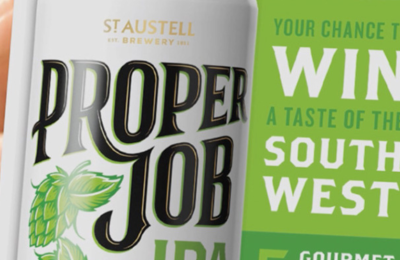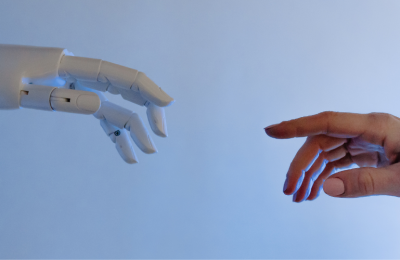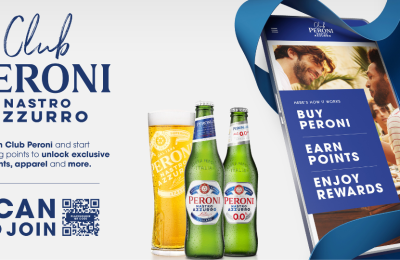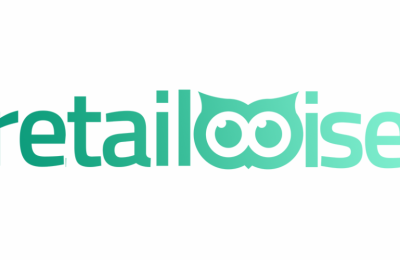Alex Agertoft, Sales & Marketing Executive at Black Tomato Agency details five ways to ensure great team performance.
It’s a challenge that faces every organisation – how do you motivate your staff and keep them striving to smash ambitious company targets?
At Black Tomato Agency we spend our days crafting experiences to motivate and inspire global audiences in far-flung parts of the world. And while there’s no denying the power an incentive can have when it comes to team performance, we know that’s only one part of the puzzle. It’s accepted that a motivated employee is a productive one, but in this age of information overload, as expert opinions flood every blog, magazine and white paper, sometimes it’s difficult to know which advice to listen to. So let us help, with a distilled run-down of five effective ways to engage and motivate your staff.
1. Managerial Recognition
Manager behaviour is often the make or break of a business’ success. As the saying goes, employees join companies, but leave managers and the stats support the bumper sticker. A Gallup poll of over one million US workers confirmed that 75% of those who left their jobs voluntarily did so because of their immediate manager. While a survey by Tjinsite found that more than 35% of employees consider lack of managerial recognition at work as the single biggest hindrance to their productivity.
Everyone responds well to a pat on the back for a job well done. It confirms that their work is valued and that they’re contributing to company goals. Whether it takes the form of a simple thank you email from a manager, a public toast at after-work drinks or an elaborate double-page ad in the FT, the effect is the same; tap into that fundamental human need for appreciation and you’ll see a positive response.
2. Peer Recognition
Peer recognition is another vital building block in fostering a positive company culture. It generates a sense of loyalty amongst a team, improves motivation and creates a sense of working towards a shared goal. Encouraging a team to look up from their desks and appreciate the successes of those around them can mean just as much, if not more, than recognition from management themselves.
The golden rule for recognition is the earlier it happens after an event, the better it is. It’s no good thanking someone a month after the fact, so if you can successfully weave a culture of peer recognition into the fabric of your company, you’re in the best possible position to provide instant feedback. This will, in turn, encourage behaviours that you value and help align your business goals with employees’ performance goals.
3. Rewards
Over the course of 10 years, Sirota Consulting surveyed 2.5 million employees in 237 private, public and non-profit organisations in 89 countries to reveal that only 51% of workers were satisfied with the recognition they received for a job well done… so how do you up the ante? In reality, the impact of the recognition model can only go so far, a Market Tools Inc report revealed that 77% of employees said they would be more motivated if their hard work was rewarded rather than simply recognised – people are looking for a return on their extra effort.
What this reward looks like is the big question in itself – the key is finding out what makes an employee tick. Historically, people have been motivated by money so it stands to reason that if you offer someone a financial results-based reward then they’ll work harder to achieve those objectives. Research by TED favourite Dan Ariely and his collaborators clearly demonstrates that financial rewards increase productivity. Interestingly, however, once the reward cycle had run its course, productivity actually dropped below pre-reward levels. Not exactly the long-lasting legacy – or return on investment – we’re all looking for.
So how do we avoid the competition ‘hangover’? We lose the cash. Studies show that employees respond best to well-designed reward programmes that distribute non-monetary rewards. This might seem counter-intuitive since cash is the most flexible prize, but people tend to recognise that they’re likely to spend the money on something either mundane or instantly forgettable. So, whilst it’s unlikely that anyone’s ever going to hand back that cheque from Sandra in accounts, the self-motivation and superior levels of performance you’re looking for could be a plane ticket away.
The real value of an experiential reward comes from the opportunity for winners to make emotional connections, create lasting memories and reinforce positive associations with the organisation behind it. According to a 2013 survey by SITE, 96% of employees are motivated by the prospect of a travel incentive, and of those who earn that sought-after seat on the plane, 72% feel an increased sense of loyalty as a result. These are impressive figures even before taking into account the effect on productivity.
A study by the International Society for Performance Improvement found that incentive travel programmes increased individual performance by up to 22% and of a team by 44%. Similarly, the Incentive Marketing Association’s Recognition Council notes that companies that recognise their employees in this way outperform competitors by 30-40%. We may be biased, but you really can’t argue with the stats.
4. Employee Wellness
We know that companies can benefit from increased productivity by focusing on the physical, mental and social well-being of their workforce – and that poor mental and physical health costs British companies an estimated £26-40 billion per year. That’s the equivalent of more than £1,000 per employee, a figure that doubles when we take presenteeism into account – a term used for people who are physically at work but not actually engaging with it. So how do we turn wellness into a motivator? Just make it a priority.
Employees are increasingly looking for companies that prioritise that all-important work-life balance; that’s why the likes of Asana’s nap rooms and unlimited paid time off, as well as Google’s onsite chiropractors and guitar lessons regularly see them attract the top talent (and keep them there). Look at wellness initiatives as an opportunity to take care of your bottom line as well as your employees’ health and happiness and it’s a win-win all-round.
5. Clear Roles & Progression Plans
Companies with a highly engaged and motivated workforce have 37% fewer sick days, 30% higher productivity, and up to two-and-a-half times better customer satisfaction than the average business. So what’s one final tool that is well within your managerial powers to influence? Clearly defined job roles and plans for future progression. Quite simply, talented people want to progress.
If your employees don’t have a clear idea of how they need to work or what they’re working towards, they’re unlikely to ever get there. Implementing both short and long-term development plans is one of the best ways to demonstrate your commitment to your staff. Through honest, two-way communication you can highlight achievements, pinpoint development areas, improve team effectiveness and boost retention – all ingredients that fuel an employee’s fire to succeed.
So be a fire starter. It’ll make the boat go faster.
Black Tomato Agency are specialists in delivering world-class prize promotions and reward campaigns. They create, manage and fulfil boundary-pushing prize experiences for the world’s most demanding brands. With an in-house team of travel experts, videographers and event planners, they work with the biggest brands and agencies to deliver ‘wow factor’ solutions, ranging from once in a lifetime experiences to unique and engaging prizes to brand experiences for multiple guests.























